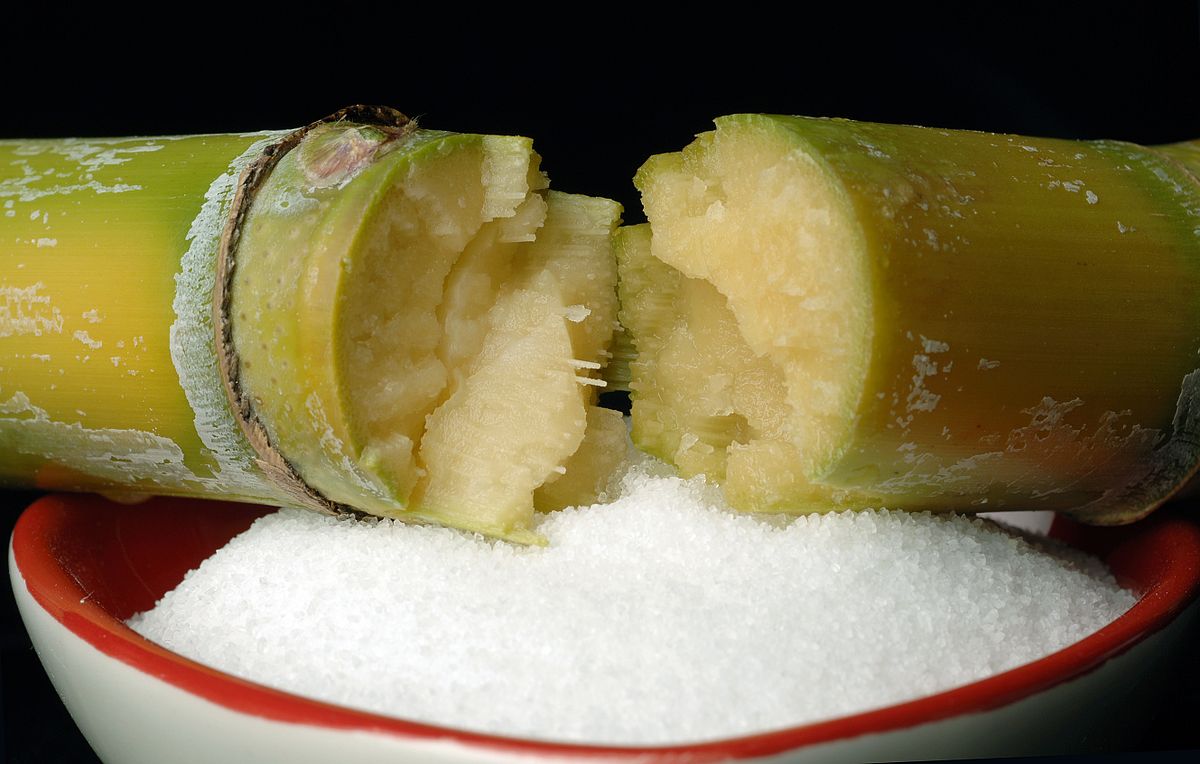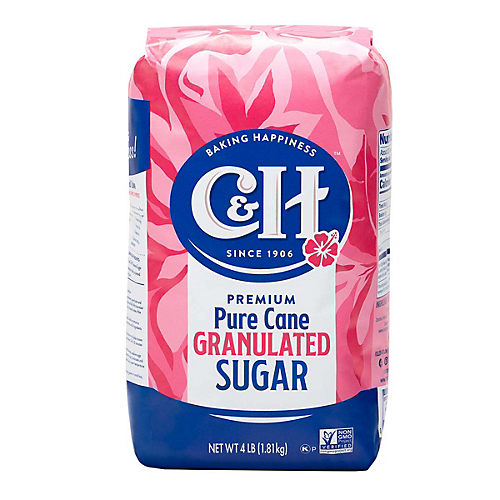Checking Out the Comprehensive Steps Involved in Walking Stick Sugar Handling From Harvesting to Improvement
The procedure of cane sugar manufacturing encompasses a series of intricate steps, beginning with the careful harvesting of sugarcane and culminating in the improvement phases that make sure the end product fulfills industry standards. Each stage, from the removal of juice to the purification and crystallization procedures, plays a crucial role in identifying the top quality and personality of the sugar. Recognizing these phases not only highlights the complexity of sugar production but likewise increases important inquiries about effectiveness, sustainability, and innovation in the market. What ramifications do these factors have for future practices?
Gathering Sugarcane
Gathering sugarcane is a crucial action in the walking cane sugar handling chain, as it straight affects the top quality and yield of the final item. Proper timing and techniques are crucial throughout this stage to ensure optimal sugar content and reduce losses. Typically, sugarcane is collected when it reaches maturity, typically 12 to 18 months after planting, characterized by a high sucrose focus.

Post-harvest, the sugarcane must be processed promptly to avoid sucrose deterioration. Preferably, collected walking cane must be moved to refining facilities within 1 day to protect sugar top quality. Consequently, efficient logistical planning is important to preserve the stability of the collected plant throughout the supply chain.
Extraction Refine

The smashed cane undergoes a collection of pressing operations to maximize juice recuperation. Commonly, warm water is splashed onto the crushed walking stick, producing a countercurrent circulation that assists dissolve the sugar while also helping in the extraction process. The juice accumulated from this operation consists of not just sugar however also different organic compounds and contaminations.

To enhance extraction efficiency, some facilities might use diffusion approaches, where the sugarcane is taken in warm water, allowing the soluble sugars to diffuse into the liquid. The resulting juice, abundant in sucrose, is after that routed to succeeding handling phases, laying the structure for purification and refinement. The extraction process is thus critical in figuring out the top quality and yield of the final sugar product.
Purification Techniques
The purification techniques used in cane sugar handling are important for transforming the raw juice into a top quality sugar product. These methods primarily intend to remove impurities, such as soil, plant products, and inorganic compounds, which can detrimentally affect the end product's flavor and shade.
One of one of the our website most usual purification strategies is information. This process entails adding lime and heat to the raw juice, which facilitates the coagulation of impurities. The resulting precipitate is then removed via sedimentation or filtering, yielding a more clear juice. Furthermore, using phosphoric acid can boost the information process by more binding pollutants.
Another substantial method is carbonatation, where co2 is introduced to the made clear juice. This reaction generates calcium carbonate, which catches continuing to be pollutants and promotes their elimination.
Additionally, turned on carbon treatment might be related to adsorb any kind of staying colorants and organic pollutants, guaranteeing a more polished product. The mix of these methods properly prepares the sugar juice for subsequent actions in the refining process, setting the phase for the manufacturing of top quality cane sugar.
Crystallization Approaches
After the purification phase, the next essential step in walking cane sugar handling involves condensation methods, which play an essential role in transforming the cleared up juice right into strong sugar. This procedure generally employs two main approaches: spontaneous crystallization and controlled formation.
In spontaneous formation, supersaturated sugar services are allowed to cool naturally, resulting in the formation of sugar crystals in time. This technique is less complex yet may lead to irregular crystal dimensions and reduced pureness levels. On the other hand, controlled formation is an extra specific technique where seeding, concentration, and temperature agents are thoroughly taken care of. This approach permits the consistent development of sugar crystals and greater purity.
During crystallization, the clarified juice is focused via dissipation, increasing its sugar material till it reaches supersaturation. Once this point is attained, either method can help with the formation procedure. Cane Sugar Processing. The resultant sugar crystals are then separated from the remaining syrup via centrifugation
Eventually, the choice of crystallization approach influences the high quality, size, and pureness of the last sugar product, making this action necessary in the general cane sugar handling procedure.
Improvement and Packaging
How can the pureness and quality of walking cane sugar be additionally enhanced after crystallization? The improvement process plays an essential duty in attaining high-quality walking stick sugar. Complying with formation, sugar goes through an extensive washing to eliminate contaminations and residual molasses. This is typically completed utilizing warm water or vapor, which assists liquify and draw out undesirable aspects while preserving the sugar crystals.
Next, the sugar goes through a procedure called centrifugation, where it is spun at high rates to separate the cleansed sugar crystals from the staying fluid. After centrifugation, the sugar is commonly further fine-tuned with an approach called carbonization or phosphatation, which makes use of triggered carbon or phosphoric acid to remove color and off-flavors.
When fine-tuned, the sugar is dried out to achieve the preferred dampness content, making sure that it continues to be steady throughout storage space and transportation. The final action entails product packaging the refined sugar in moisture-proof and original site airtight containers to preserve its top quality and prevent contamination. Cane Sugar Processing. Appropriate product packaging not browse this site just expands rack life however additionally assists in very easy handling and distribution, ensuring that consumers get sugar that fulfills the highest possible standards of purity and high quality
Final Thought
The detailed steps associated with walking stick sugar processing, from the precise harvesting of sugarcane to the elaborate refinement and packaging stages, highlight the significance of each phase in guaranteeing high-grade sugar manufacturing. Optimum harvesting strategies, reliable removal techniques, and extensive purification processes jointly add to the last item's purity and stability. The crystallization and succeeding product packaging techniques better improve the stability and service life of the sugar, highlighting the complexity and accuracy integral in this vital agricultural sector.
The process of walking stick sugar manufacturing includes a series of elaborate actions, beginning with the mindful harvesting of sugarcane and finishing in the improvement stages that guarantee the last product meets sector requirements. Preferably, collected walking stick needs to be carried to processing centers within 24 hours to preserve sugar high quality.In spontaneous crystallization, supersaturated sugar remedies are enabled to cool normally, leading to the formation of sugar crystals over time - Cane Sugar Processing. The improvement procedure plays a critical role in attaining top notch cane sugar.The thorough steps involved in walking cane sugar handling, from the meticulous harvesting of sugarcane to the complex improvement and packaging phases, highlight the relevance of each phase in making certain premium sugar manufacturing